Detection Range:Operates within a wide range of temperatures from -20°F to +175°F (-29°C to 79°C)
Installation Compatibility:Fits standard 1-inch NPT thread connections
Power Supply:Accepts 120 Vac power supply
Flame Detection Method:Utilizes ultraviolet light sensing technology
Ambient Temperature Tolerance:Works effectively in -20°F to +175°F (-29°C to 79°C) ambient conditions
Self-Check Feature:Automatically verifies operational integrity for continuous safety assurance
Integrating advanced flame detection technology, the Honeywell C7012E1187 Flame Sensor for 220 Vac is engineered to enhance operational safety and productivity in industrial settings. This sensor is meticulously designed for seamless integration with existing automation systems, ensuring reliable and continuous protection against fire hazards.
Featuring a versatile mounting option, this sensor can be installed horizontally, vertically, or at any angle in between, providing maximum flexibility and adaptability to diverse industrial environments. The inclusion of threaded conduit fitting allows for a quick and secure electrical connection, simplifying installation processes.
One of its standout features is the capability to reduce nuisance shutdowns by employing two sensors in parallel, significantly minimizing false alarms and enhancing system reliability. This innovation ensures that your operations remain uninterrupted, even under challenging conditions.
Adhering to the stringent NEMA 4 standards, the sensor boasts a viewing window rated up to 20 psi, guaranteeing robust performance in harsh environmental conditions. This ensures that the sensor remains functional and effective, regardless of external factors such as dust, moisture, or temperature variations.
The Honeywell C7012E1187 Flame Sensor for 220 Vac is equipped with a 5-pin Brad Harrison type mating connector (formerly 41307N), which, although not supplied by Honeywell, facilitates compatibility with a wide range of control systems. This feature further underscores the sensor’s commitment to compatibility and ease of integration within existing infrastructure.
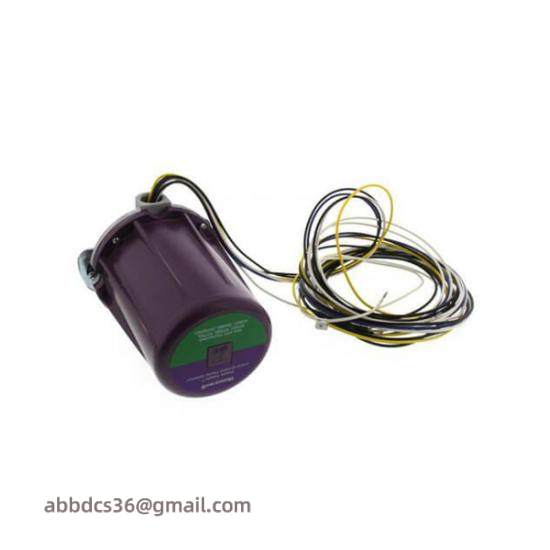



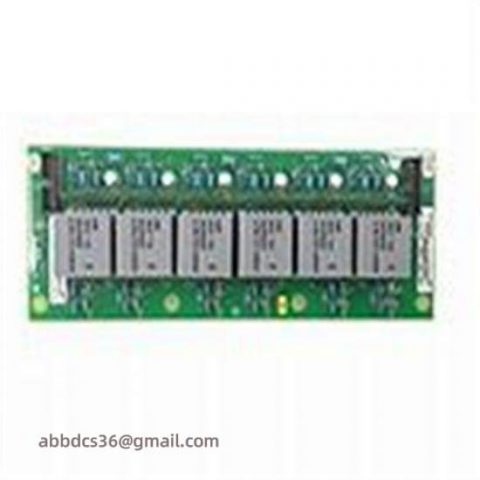
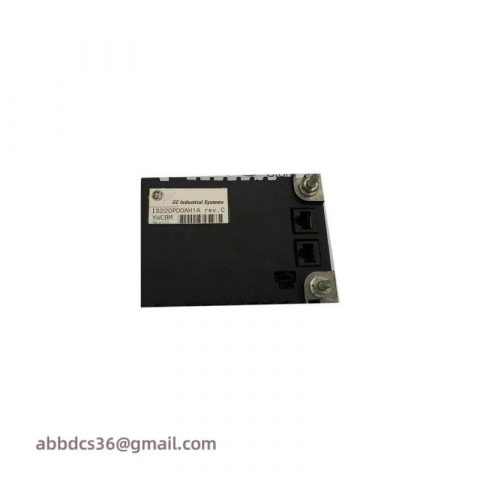

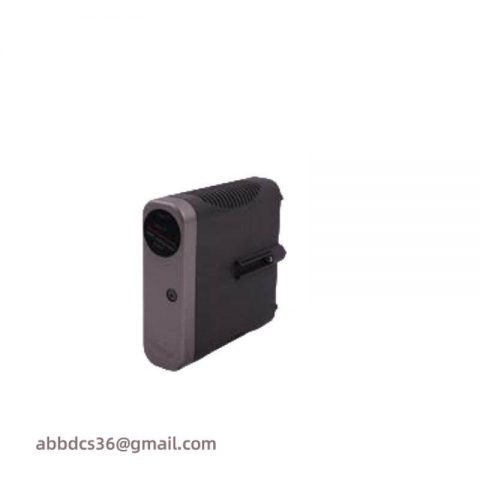
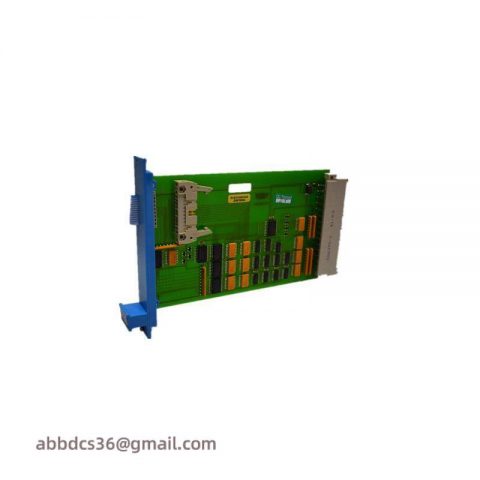
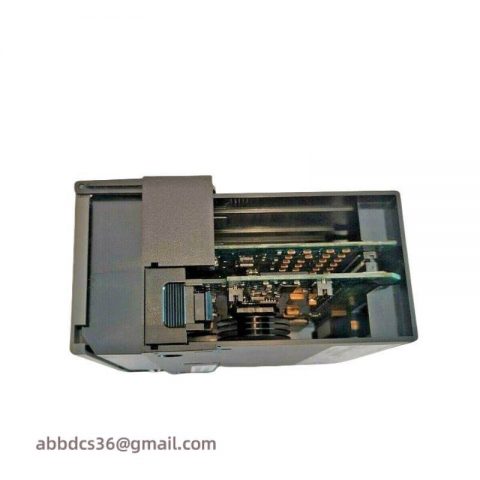
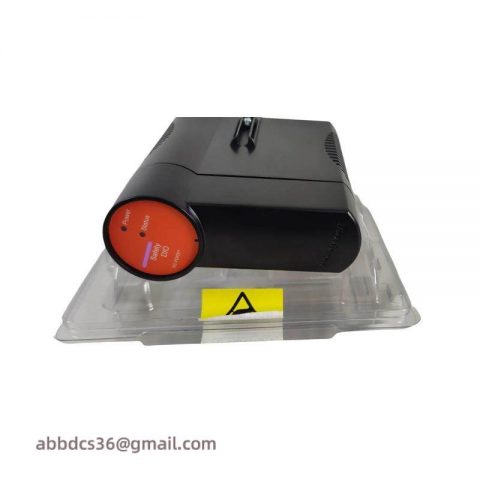
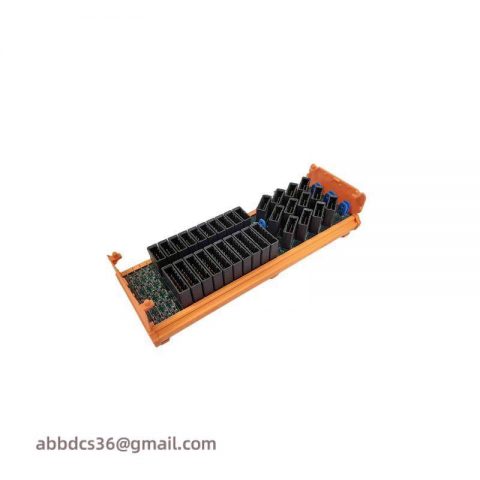
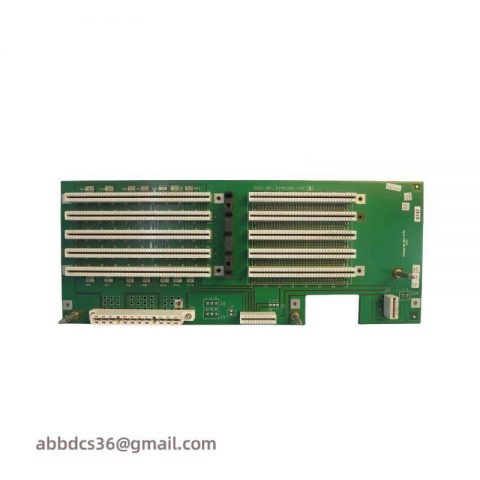
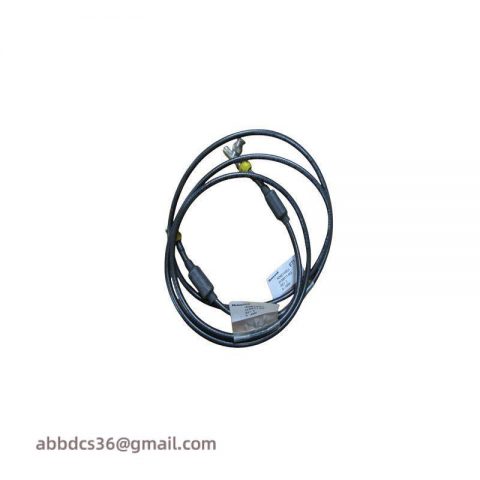
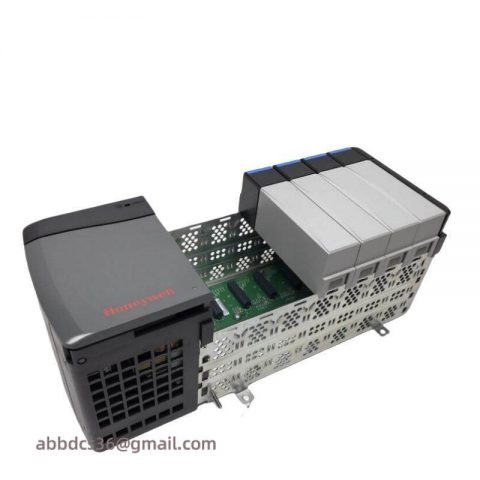
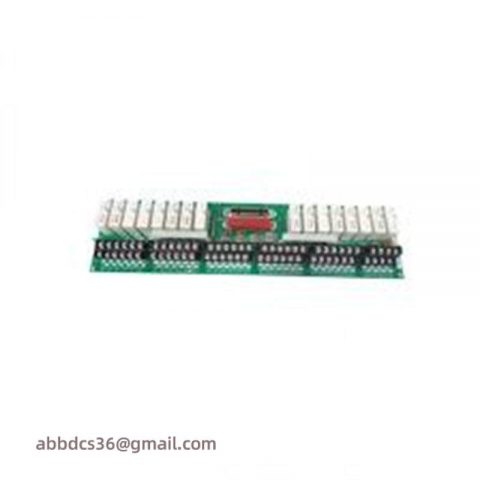
There are no reviews yet.